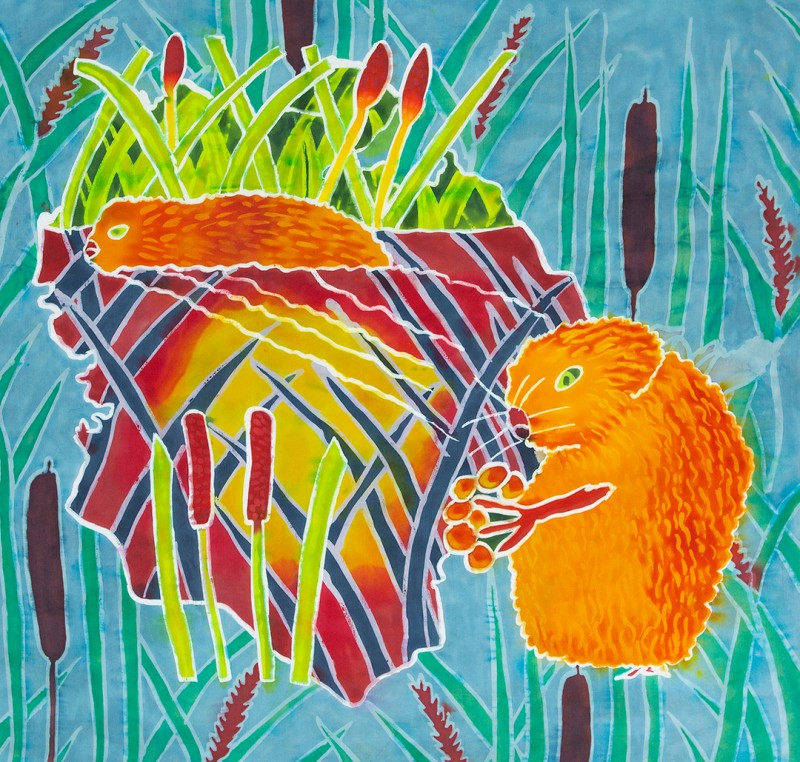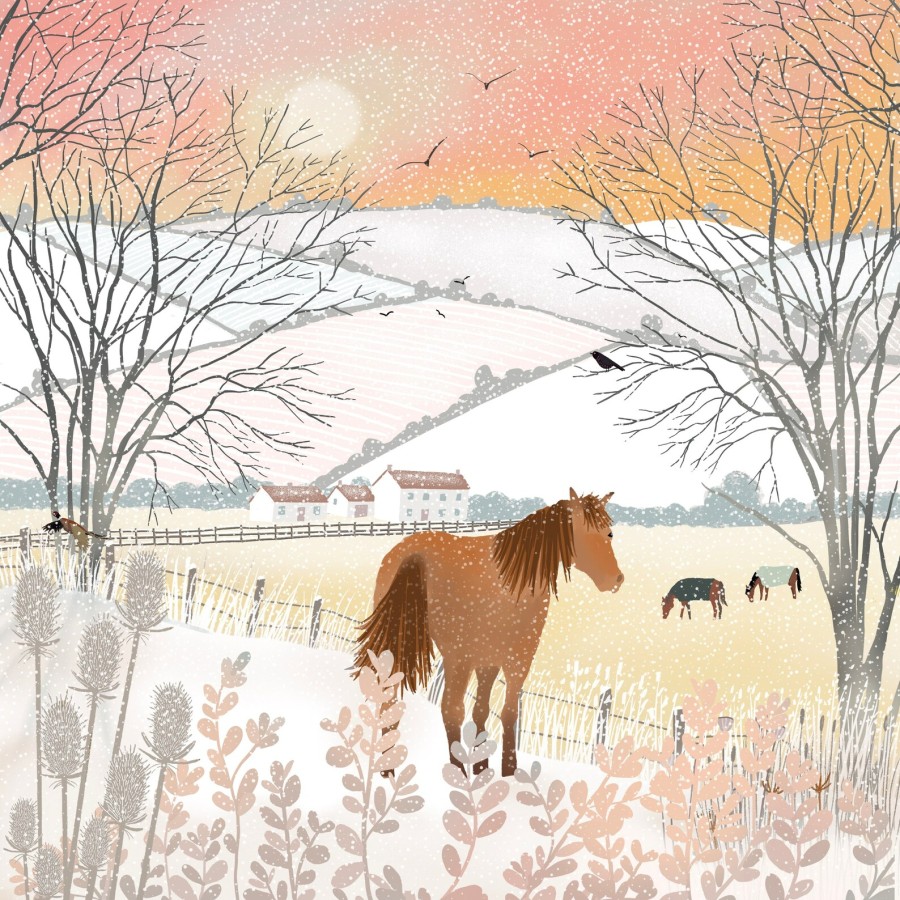Lots of Ways to Help England’s Tiny Voles

England has three types of tiny voles, small rodents that are often mistaken for mice. Each species has its own distinct habitat and behaviour, and contributes significantly to the biodiversity of the region.
Water voles in particular are now critically endangered, mostly due to lack of natural habitats (not just mink predation).
Field Voles
Common field voles have stocky builds and brown coats, thriving in grassy areas, moorlands, and open fields. They are prey for owls, foxes and weasels. It’s sad, but an important part of nature’s food chain.
Bank Voles
Smaller bank voles have reddish-brown fur, and live in hedgerows and woods. They have longer tails, and are very good at climbing. They shelter amid dense undergrowth.
These social voles scurry around together, to gather and stash away berries, nuts and seeds. This leads to ‘forgotten seeds’ sprouting into new forests.
Water Voles
Water voles are very endangered. They live near rivers, streams and wetlands, making their homes from burrowing into river banks.
These herbivores help prevent waterways from clogging by controlling vegetation, and this benefits both plant and animal life in aquatic ecosystems.
Although some are preyed on by non-native American mink (imported for the fur trade), the main issue is habitat loss, as we have lost most of our wetlands.
Human activity near riverbanks have also removed vegetation that offers both food and protection from predators. Pollution has made things worse, with experts recommending rewilding of degraded lands, and wetland restoration projects.
Other solutions are coppicing (cutting back trees and shrubs to encourage lush vegetation), planting native aquatic species and creating more reedbeds and marshes.
How Farmers Can Help Endangered Water Voles

Download a free guidebook from Nature-Friendly Farming Network.
Water voles, sometimes called river rats, used to rustle and squeak in almost every English waterway. It’s true they are predated by American mink (brought over to England for the fur industry, another cruel decision by man). But modern farming methods are a big reason for their decline.
Learn how farmers can help tiny voles through wildlife-friendly farming practices. Also stop light pollution, as this disrupts their night-time activities.
The Wildlife Trusts has good advice including:
- Leave at least 2 metres of bankside vegetation or grass (offers food and cover).
- Wider buffer strips (5 to 50 metres) to trap sediment and absorb run-off.
- Open up sections of the bank to the sun, by coppicing bankside trees in densely shaded areas, to encourage grass and herbs to grow and encourage food and cover.
- If livestock use your fields next to watercourses, fence off at least one bank, so water voles can burrow safely.
- Don’t cut bankside vegetation too short, as reedbeds, ponds and backwater offer refuge to water voles and other creatures (like amphibians, dragonflies and fish).
- Cut alternate banks each year to provide refuge, and do this late in summer to reduce disturbance in breeding season (ideally late September to October or before early February, ahead of breeding season).
- Only remove silt from the centre of the channel and avoid scraping bank edges or disturbing with machinery (leave a fringe of vegetation along the edge).
- Deposit silt and weed at the top of the bank, away from the water.






